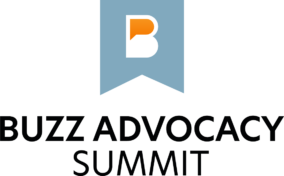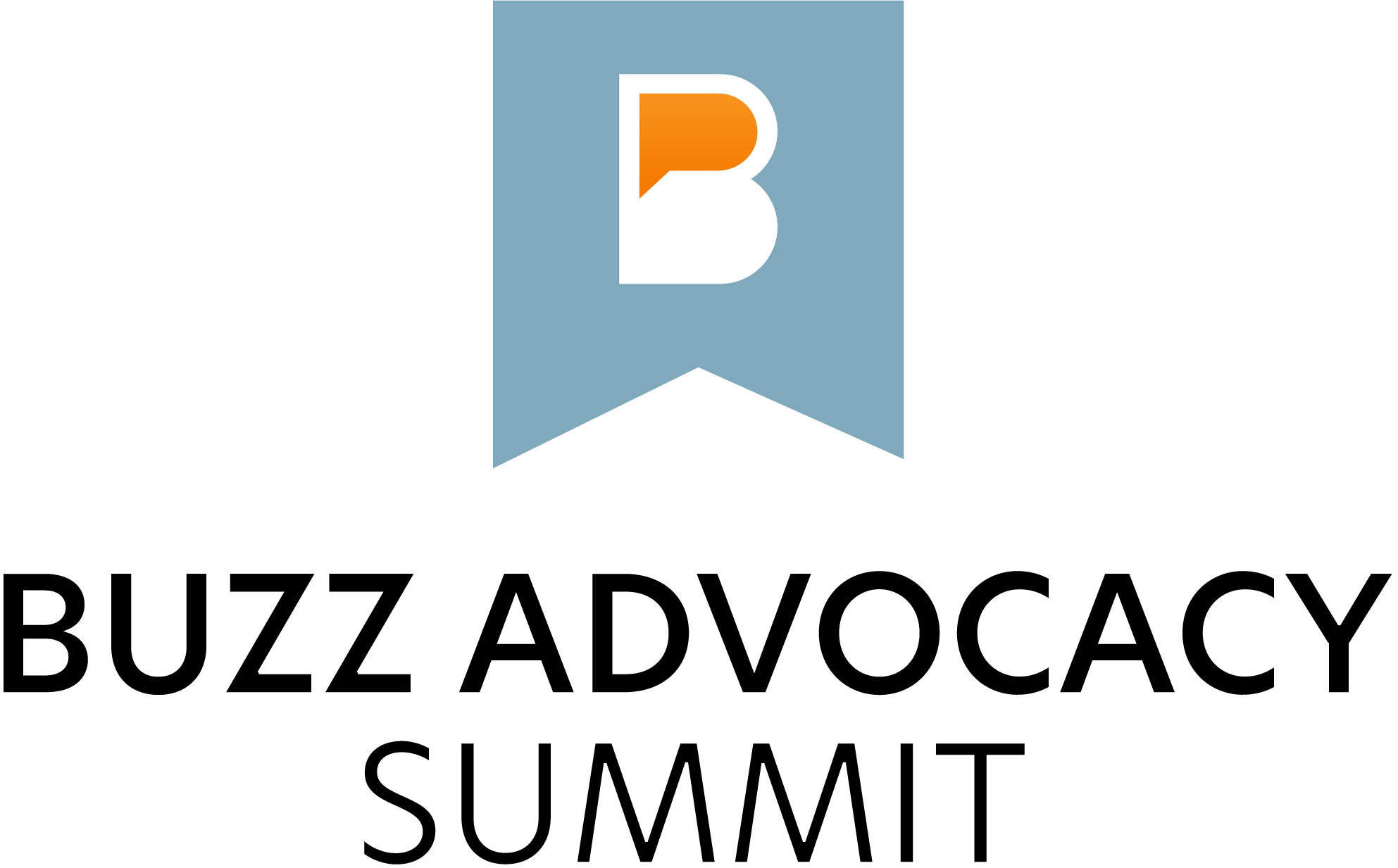
- This event has passed.
General Session: AI and Advocacy: Building a Framework for Responsible Practice
August 1, 2024 @ 9:00 am - 10:15 am
Navigating responsible use of AI within the advocacy space feels like venturing into uncharted territory. There’s no current framework for how advocacy practitioners can use AI responsibly, so let’s make one! Geoff Livingston, principal analyst and founder of CognitivePath, and Alex Dickinson, managing partner at Beekeeper Group, will guide attendees through a framework planning session with the goal of creating a practical, responsible AI guide for advocacy practitioners.
Notes:
- Panelists
- Alex Dickinson
- Geoff Livingston
- Session notes
- Introduction
- Tom has run advocacy campaigns for 20+ years. During his tenure, he was frustrated with the tools he had so learned coding and built his own before AI entered the scene.
- He knew AI had to answer 3 questions
- Who is taking action and why?
- Who’s not but should?
- How can we measure impact?w
- He knew AI had to answer 3 questions
- AI is a powerful tool. AI must never replace human thought or decision-making.
- It can help us understand things we couldn’t and navigate the modern world
- It is important to come together to decide what we should and should not use AI for.
- Tom has run advocacy campaigns for 20+ years. During his tenure, he was frustrated with the tools he had so learned coding and built his own before AI entered the scene.
- Panel
- The end goal of the conversation today is creating a series of guidelines to use AI safely in your practice (to be shared in a few weeks)
- Not about which model to use – Claude vs. ChatGPT vs.…
- This is a vision for the future – answer what good AI incorporation means in our space/ discover the art of the possible
- A minority of attendees use AI in their weekly work, even less in their daily workstreams.
- Approximately 70% of workers use AI on the side
- Personal vs. Professional use of AI
- Attendees refrain from using AI professionally because of the nuances of their fields – they feel that AI cannot capture these nuances
- They will use it as a brainstorming tool, not outright drafting
- Is AI actually useful, and why are we talking about it now?
- We make messages to help others understand some concepts. If we take a step away from AI, we can see we have been “messaged” about AI and have certain preconceived notions about it.
- Take away the AI, all you have left is an app
- Reframe your thinking- “Does this app help me?” – and remove the AI label
- We should put ourselves back in the control seat and look at it as a tool. We always seek out the tools that will help us be the most effective at our jobs
- AI can help us build toward a future that is appropriate for all of us.
- There are so many different forms of AI besides chatbots/ Chat GPT. Machine learning, LLMs, etc.
- The best use is combining different types of AI to create complex work models that one person cannot handle alone
- There are so many different forms of AI besides chatbots/ Chat GPT. Machine learning, LLMs, etc.
- The end goal of the conversation today is creating a series of guidelines to use AI safely in your practice (to be shared in a few weeks)
- Step 1 – What is the use case? Creating objectives
- What’s my problem, what am I trying to do, what is my objective – ask yourself these when evaluating the tools you might use
- Data unification, value prop development, content topic ideation, recommendation engine, predict campaign performance… the list goes on
- Private use of AI like internal knowledge bases, advocate loyalty programs, etc.
- What’s my problem, what am I trying to do, what is my objective – ask yourself these when evaluating the tools you might use
- Activity
- Tables use giant post-it notes to brainstorm objectives to problem-solve with AI tools
- Ideas from the room:
- Advocate recruitment
- Advocate engagement
- Building an internal AI platform
- Getting your organization into ChatGPT/ answer engines as a form of SEO
- Increasing advocate bank
- Match real-world data in a CRM with predictive analytics to know who to connect with/ what POCs are most strategic
- Optimizing original content
- Summarize congressional databases
- Creating individualized learning plans
- Generate backgrounds on members of Congress
- Hyper-tailor messages to members of Congress
- Thought partnership
- With these ideas in mind: how do we move forward?
- How do you find the right tool for your needs? There is a site called “There’s an AI for that” – https://theresanaiforthat.com/
- Other resources will be shared in Beekeeper Group’s follow-up
- How do you convince leadership and your internal teams that this is a good tool?
- Governance will play a major role in the future of AI
- External vs. internal perspectives and use of AI will be different
- Most attendees that have use guidelines for AI internally
- Attendees feel that their internal teams do not have a solid enough understanding of the actual functionality of AI and the safety of using it
- The quality of the AI’s output is based on the quality of the data that it’s pulling from
- The biggest concern is that the AI tools will not protect internal data – once the data is in its public information (is the fear)
- Case study, NYT: Sued ChatGPT so that they could only use their content after licensing and crediting them
- How do you find the right tool for your needs? There is a site called “There’s an AI for that” – https://theresanaiforthat.com/
- Ideas from the room:
- Tables use giant post-it notes to brainstorm objectives to problem-solve with AI tools
- Individualizing the use of AI and creating the best guidelines for your teams
- Start with a small trial
- Identify the key people at your organization who need to be a part of the conversation
- Core principles of existing AI guidelines across attendee organizations:
- Built on top of existing data privacy guidelines
- Use common sense and your best judgment
- Use AI to crawl internal databases, and the tool will be locked down based on a person’s job title
- Using Jasper and Writer instead of ChatGPT to crawl internal content and write content based on that
- Use additional departments and loop them in before bringing to higher leadership to collect support
- Tiers of AI governance
- Open use of AI
- Disclosure in the use of AI when working with advocates. Ex: AI-generated video of an advocate or use of AI-run Chatbots
- Do we need to include disclosure or permissions checkboxes on materials we share with clients or advocates
- Formal/ public research, press releases, etc.
- Ethical considerations when it comes to DEI issues and accurate representation
- Make sure AI adheres to the DEI principles of your organization
- Disclosure in the use of AI when working with advocates. Ex: AI-generated video of an advocate or use of AI-run Chatbots
- Limited use of AI
- Prohibited use of AI
- PII, member and client data, etc.
- Integrated CRM data with fundraising
- Regularly revisiting the internal definitions of these tiers and updating the regulations of each at a set cadence
- Recorded board meeting
- Internal meeting notes
- Open use of AI
- Introduction
- Next steps: Beekeeper Group will share a document with the topic discussed today and a series of guidelines to help you navigate the AI conversation internally.


